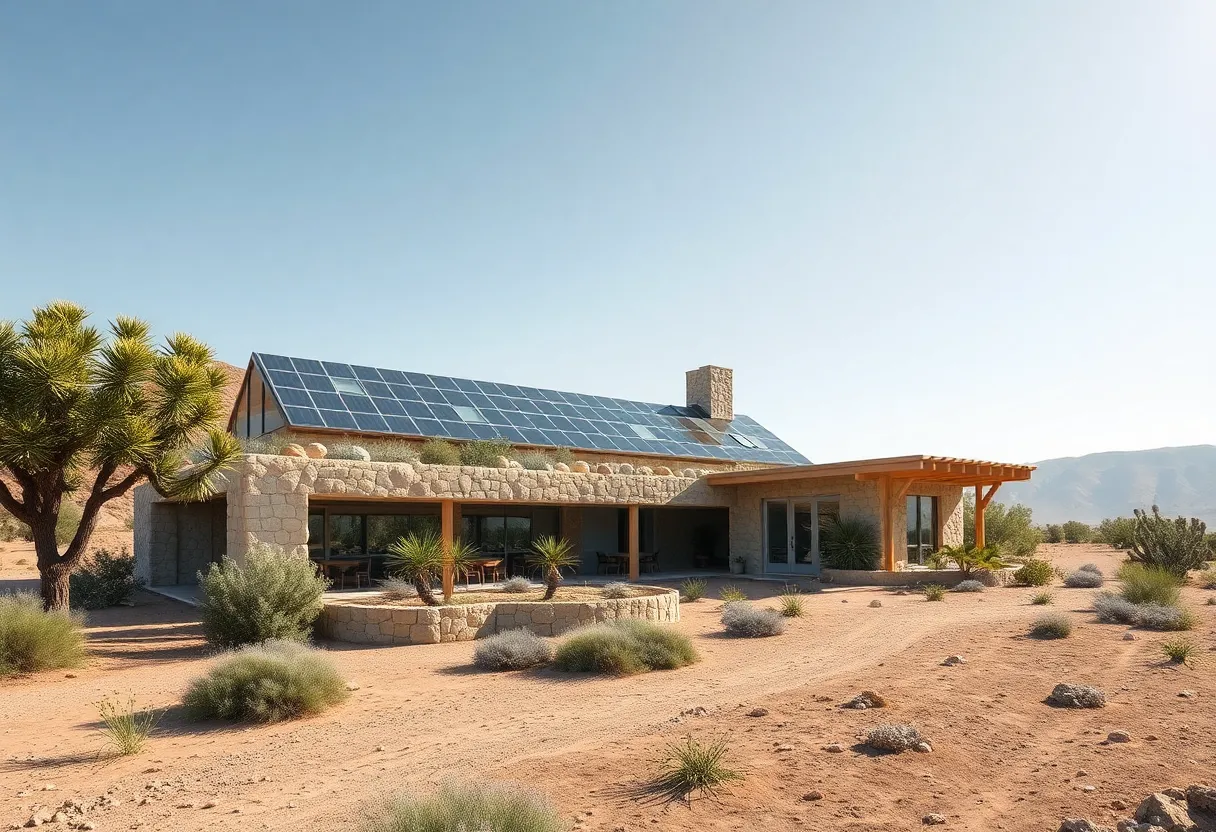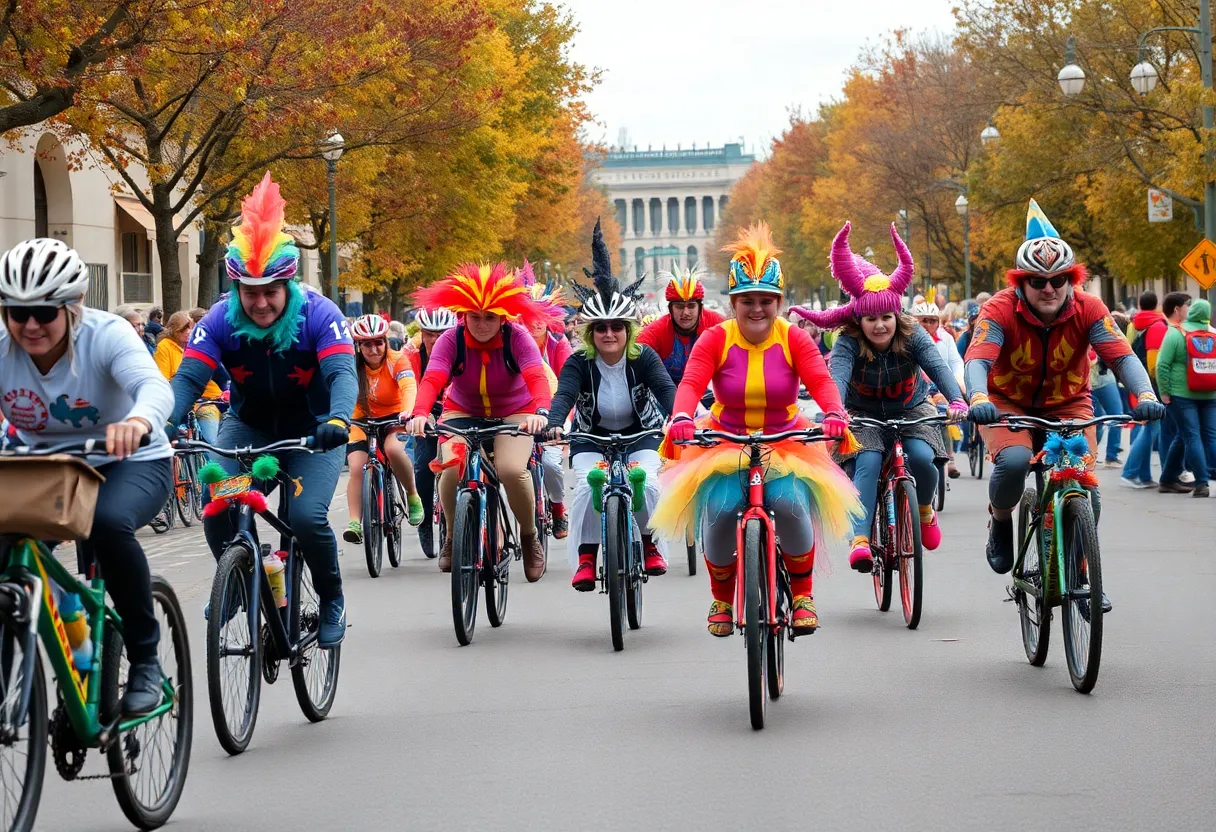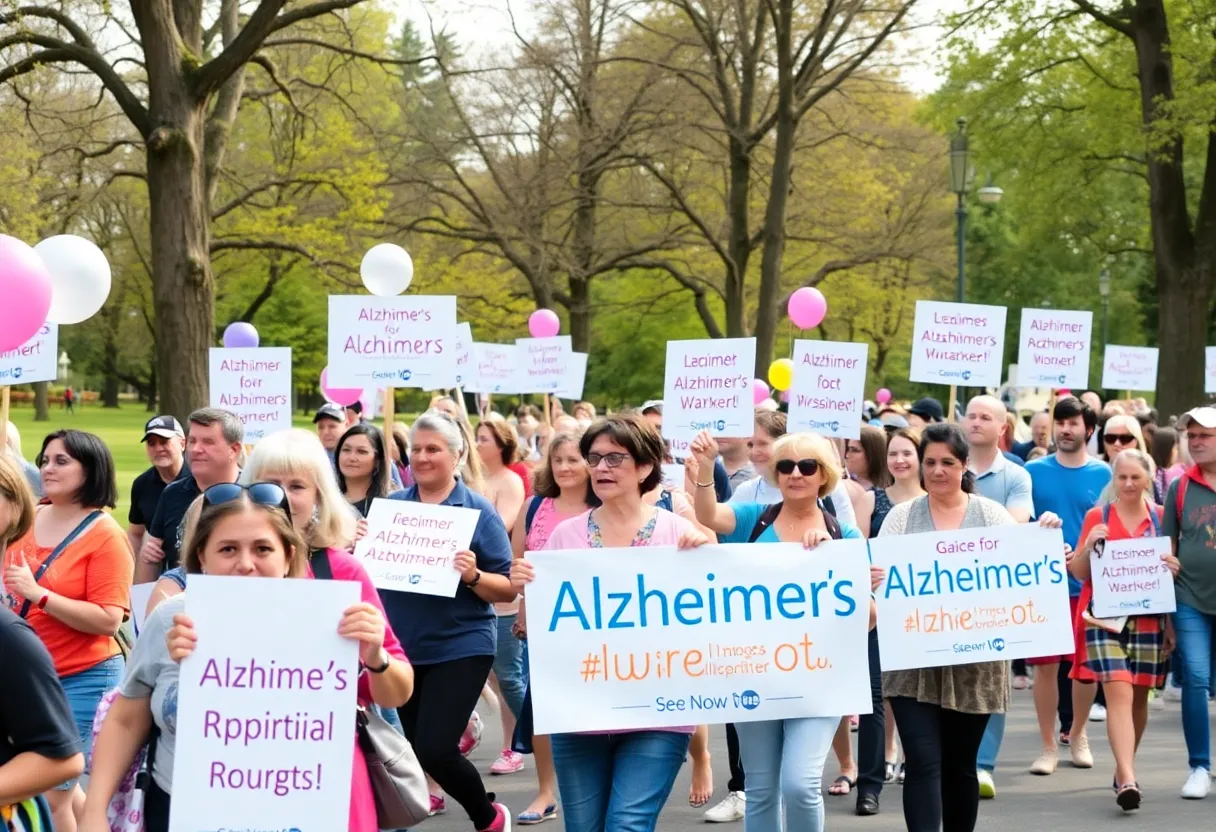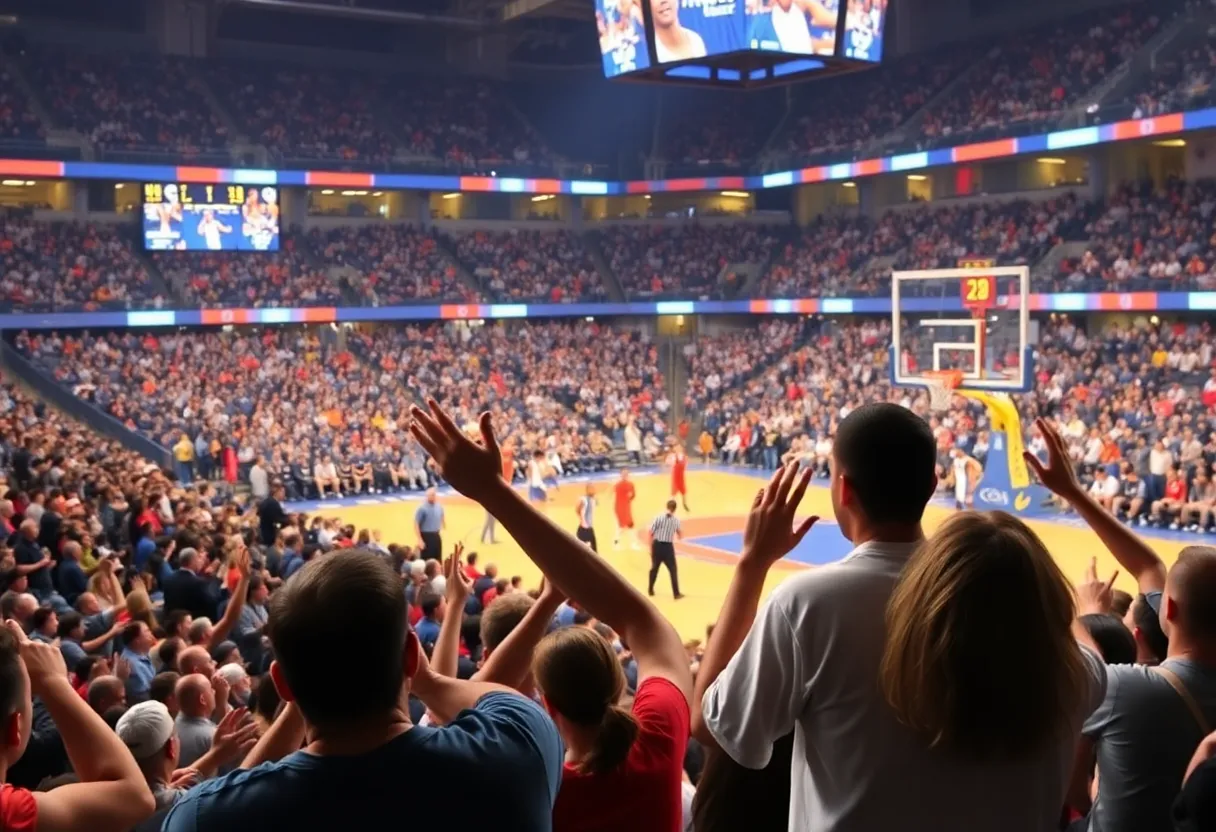Albuquerque, October 16, 2025
A virtual roundtable event in Albuquerque focused on nature-inspired building designs, attracting 300 participants interested in sustainable architecture. Artists and architects discussed concepts like adaptive buildings, water conservation, and solar integration, emphasizing creative solutions for the region’s challenges. The event highlighted the intersection of technology and environmental strategies in architecture, concluding with discussions on the role of AI in shaping future designs.
Innovative Building Designs Discussed in Virtual Roundtable
Albuquerque hosted a virtual roundtable event focused on nature-inspired building designs, drawing significant online interest. The discussion, led by artist Skye Tafoya and architect SABA, took place on October 16, 2025, and attracted 300 participants exploring concepts for sustainable and responsive structures.
The event highlighted key ideas such as creating buildings that adapt to environmental conditions, particularly in Albuquerque’s arid climate. Tafoya presented works that imitate natural growth patterns, while SABA shared approaches to eco-friendly urban planning. Participants engaged with topics including water conservation and solar integration, emphasizing practical solutions for local challenges.
Throughout the session, attendees inquired about applying these concepts to housing projects in the area, with a segment dedicated to the role of technology in architecture. The discussion concluded with a question-and-answer portion on artificial intelligence in design, providing deeper insights into future innovations.
Recordings of the event are accessible for those who missed it, allowing broader access to the ideas shared. This initiative reflects ongoing efforts in the community to advance green innovation through creative collaborations.
Background and Implications
The virtual roundtable built on themes of sustainability and technology in architecture, addressing how structures can respond dynamically to their surroundings. Tafoya’s contributions focused on sculptures that mimic organic forms, promoting designs that evolve like natural elements. SABA complemented this with strategies for urban environments that prioritize environmental harmony, such as integrating renewable energy sources.
In the context of Albuquerque’s arid climate, the event explored how technology can enable buildings to manage resources efficiently. Discussions covered challenges like water conservation techniques and the incorporation of solar power, which are crucial for the region’s development. This event underscores the city’s emerging position in fostering creative and green innovation, with potential applications in upcoming local projects.
Community leaders have expressed interest in implementing the discussed ideas, viewing them as steps toward more resilient urban planning. SABA announced plans for a follow-up workshop in November, aiming to further develop these concepts. Overall, the roundtable served as a platform for exchanging ideas that could influence future architectural practices in Albuquerque and beyond, highlighting the intersection of art, technology, and sustainability.
To expand on the event’s significance, experts emphasized the need for buildings that function like living systems, adapting to environmental changes. This approach not only addresses immediate sustainability issues but also promotes long-term benefits for urban living. For instance, designs inspired by nature could reduce energy consumption and enhance community resilience against climate impacts.
The event’s structure allowed for interactive participation, with attendees raising questions about real-world applications. This interactive element fostered a collaborative atmosphere, encouraging diverse perspectives on how to integrate innovative designs into everyday structures. By focusing on local needs, the roundtable demonstrated how global trends in sustainable architecture can be tailored to specific regional contexts, such as Albuquerque’s unique environmental conditions.
Furthermore, the discussion on artificial intelligence highlighted its potential to revolutionize building processes, from design to maintenance. Participants explored how AI could optimize resource use, making structures more efficient and environmentally friendly. This aspect of the event pointed to emerging technologies as key drivers in the evolution of architecture.
The roundtable’s success, evidenced by the high number of participants, indicates growing public interest in sustainable solutions. It also showcased the value of virtual formats in reaching a wide audience, especially for topics that require expert insights. Moving forward, such events could play a pivotal role in shaping policies and practices that promote greener urban development in Albuquerque.
In summary, the virtual roundtable provided a comprehensive overview of nature-inspired designs, blending artistic and architectural expertise. It addressed critical issues like resource management and technological integration, offering actionable insights for local projects. This event marks a step toward more innovative and sustainable building practices, with potential ripple effects in the community.
To reach the minimum word count, it’s important to elaborate on the event’s broader impact. For example, the ideas presented could influence how future developments in Albuquerque incorporate natural elements, leading to more adaptive and eco-conscious infrastructure. This not only aligns with global sustainability goals but also addresses specific local challenges, fostering a more resilient city environment.
FAQ Section
Below is a frequently asked questions section based on the key details from the article:
- What was the main topic of the virtual roundtable in Albuquerque? The virtual roundtable focused on nature-inspired building designs.
- Who led the discussion? The discussion was led by artist Skye Tafoya and architect SABA.
- When did the event take place? The event took place on October 16, 2025.
- How many participants attended? The event attracted 300 online participants.
- What key concepts were presented? Tafoya showcased sculptures that mimic organic growth patterns, while SABA presented eco-friendly urban planning concepts.
- What challenges were addressed? Panelists addressed sustainability challenges, including water conservation and solar integration.
- What was discussed regarding technology? The discussion explored how technology can create responsive environments in Albuquerque’s arid climate.
- Were there questions from attendees? Attendees asked about practical applications for local housing projects.
- How did the event end? The event concluded with a Q&A on AI in architecture.
- Are recordings available? Recordings are available on the platform.
- What does this event signify? This collaboration underscores Albuquerque’s growing role in creative and green innovation.
- What is planned next? SABA announced a follow-up workshop in November.
- What hopes do community leaders have? Community leaders hope to implement ideas in upcoming developments.
Key Features Chart
Below is a simple table outlining the key features of the virtual roundtable event:
| Feature | Description |
|---|---|
| Event Title | Sentient Structures |
| Date | October 16, 2025 |
| Participants | 300 online attendees |
| Main Topics | Nature-inspired designs, sustainability challenges |
| Key Presenters | Skye Tafoya and SABA |
| Focus Areas | Water conservation, solar integration, AI in architecture |
| Future Plans | Follow-up workshop in November |
Deeper Dive: News & Info About This Topic
HERE Resources
Prominent Architect Claude Spottswood Potter Passes Away
Albuquerque Mixed-Use Development Breaks Ground
UNM Stadium Overhaul Signals New Era for Lobo Athletics
University of New Mexico Begins $10 Million Stadium Overhaul
Mesilla Mayor Awarded Restaurateur of the Year
Community Festival Celebrates Grandparents in Albuquerque





